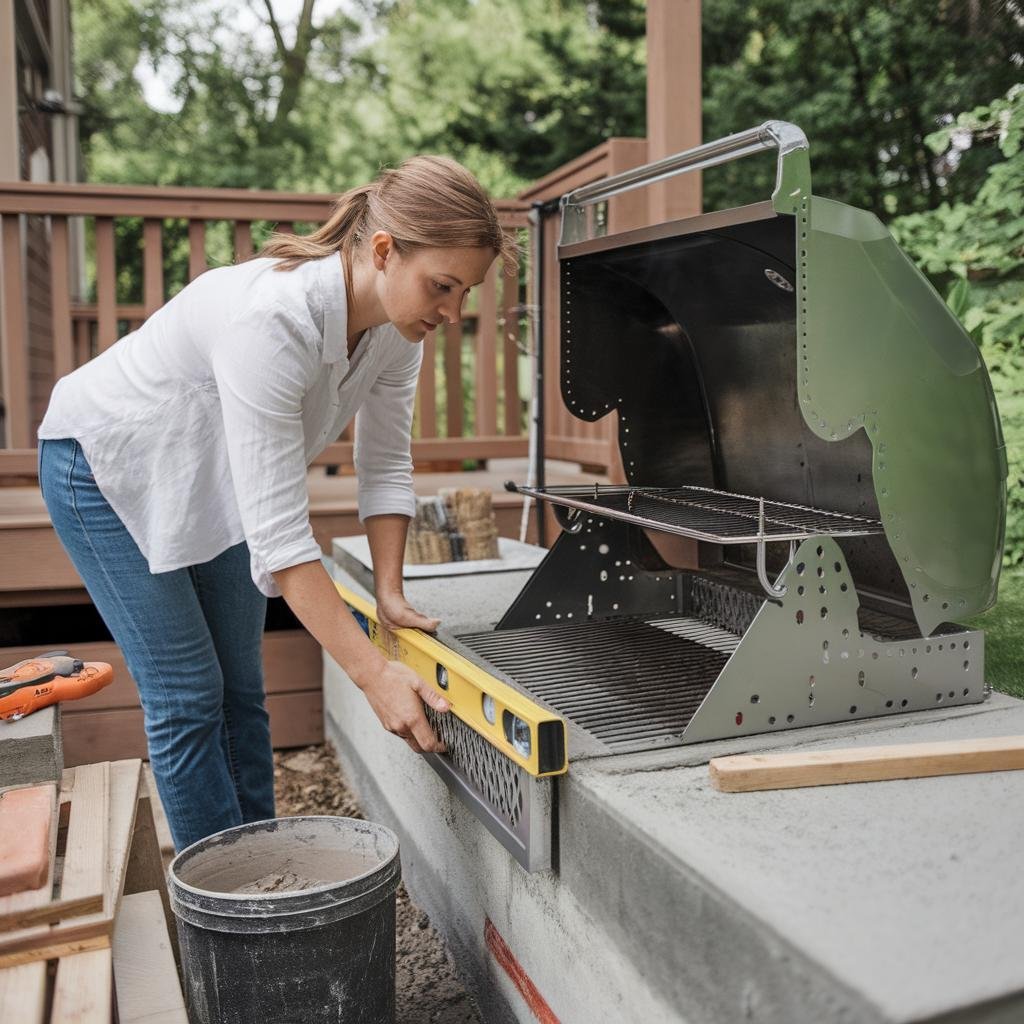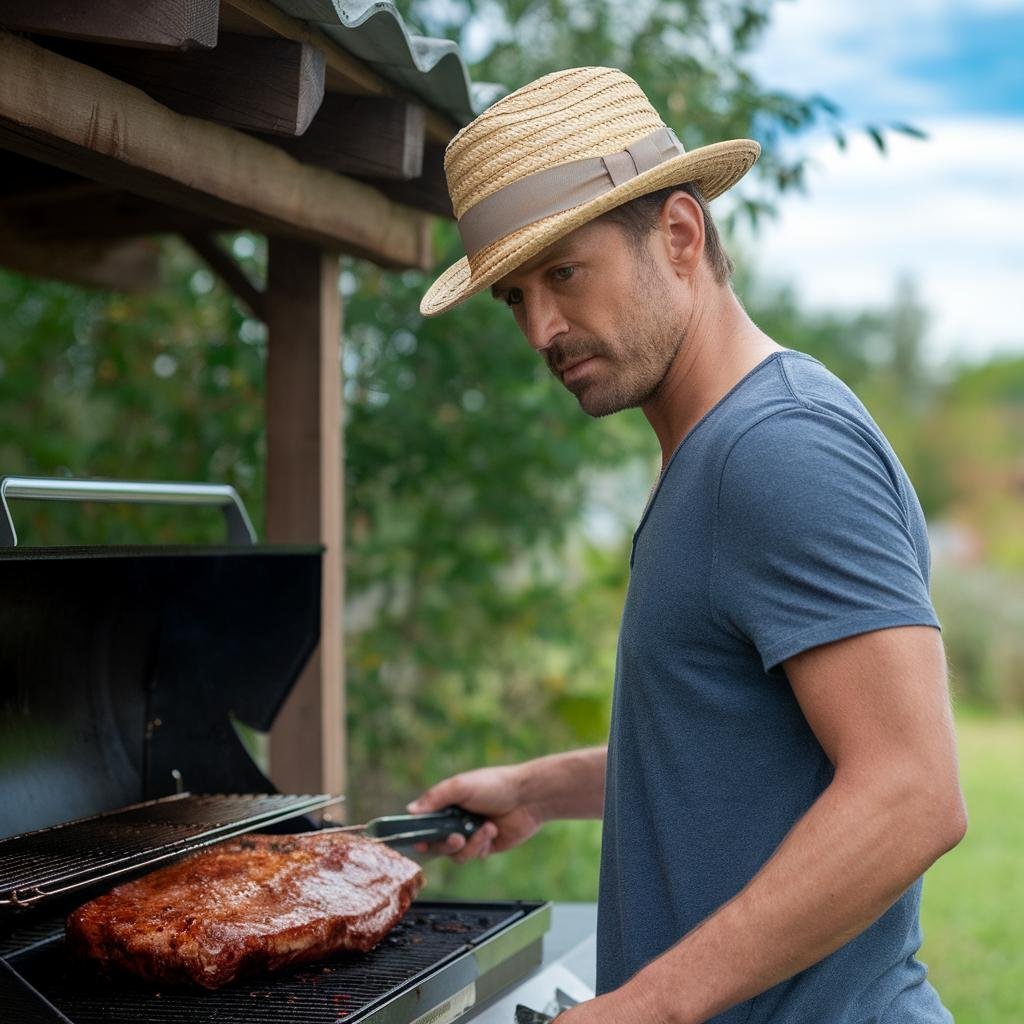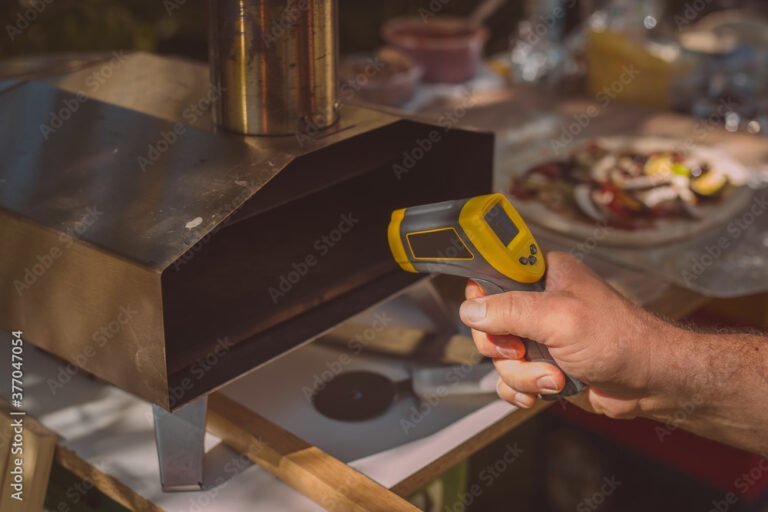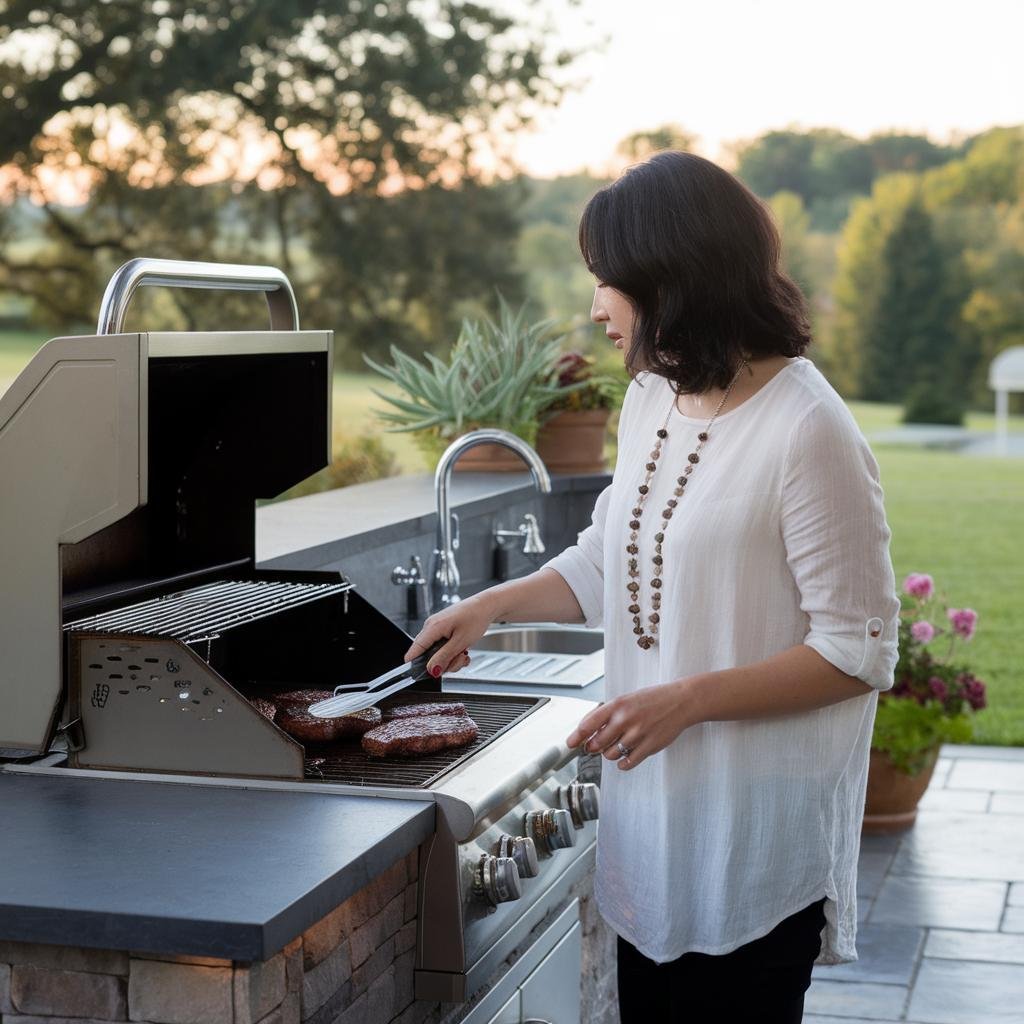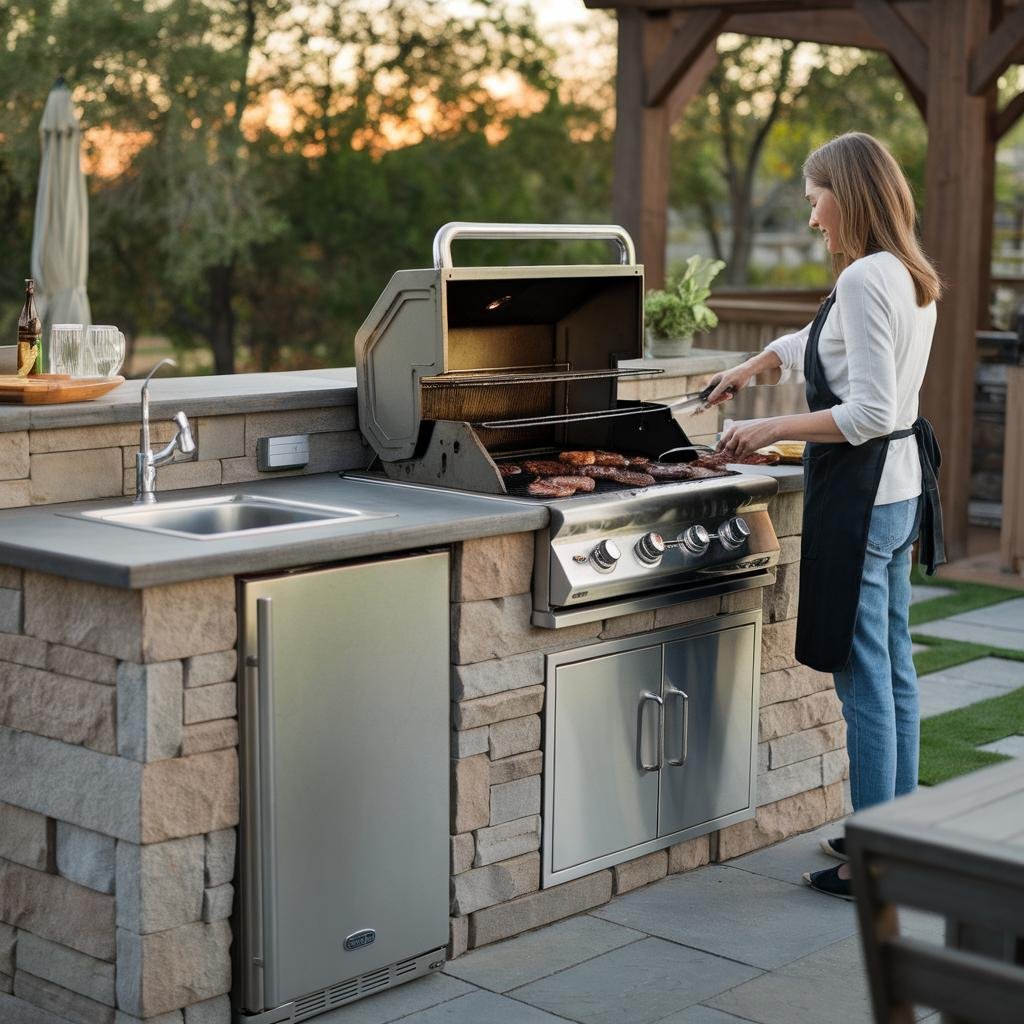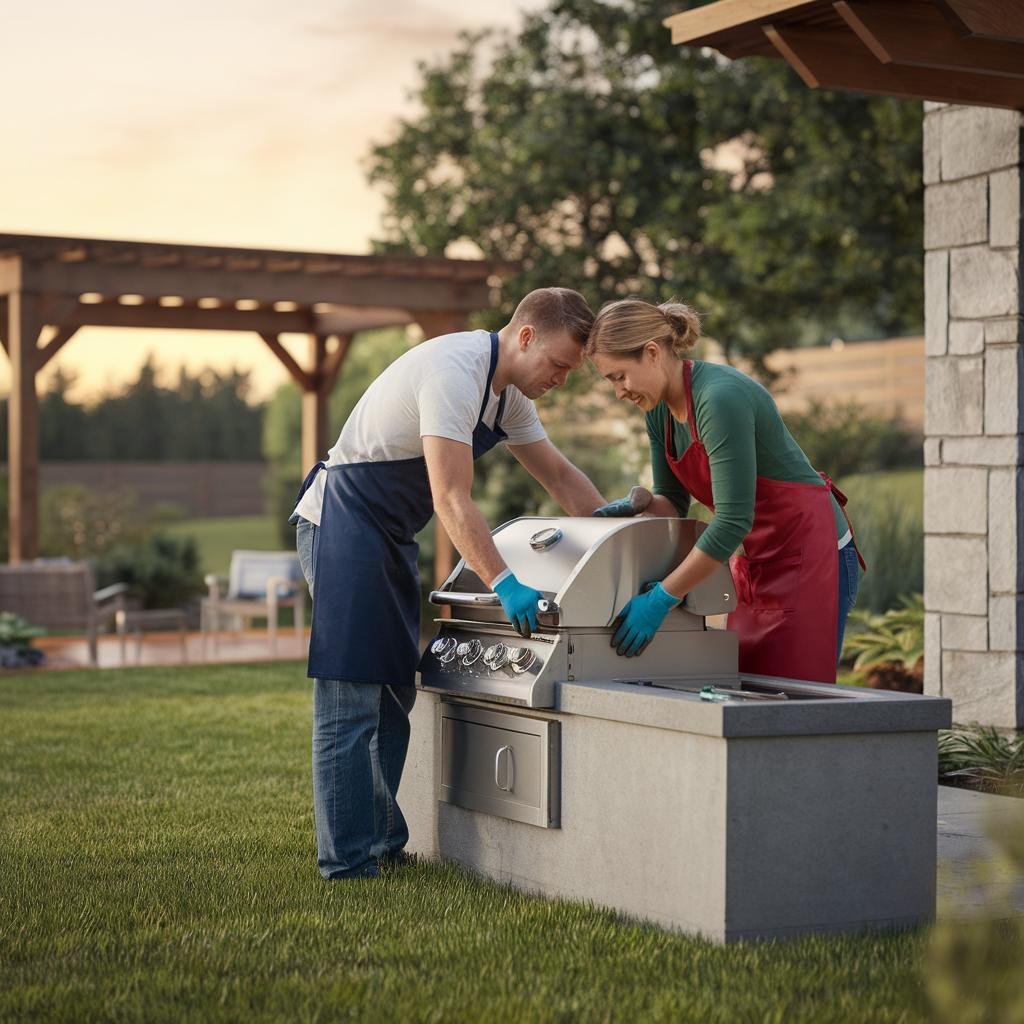Disclosure: This Post Contains Affiliate Links; We earn a commission on purchases.
If you love to cook outdoors, installing a built-in natural gas grill can take your outdoor cooking experience to the next level. Before you start the installation process, there are a few important things you need to know.
Firstly, consider the availability of utilities such as a gas line and electrical outlets. A built-in grill requires a direct gas line connection, so make sure you have access to one. Additionally, electrical outlets are necessary for features like electronic ignition and lighting.
When selecting a built-in grill, think about the size that will fit your outdoor space and cooking needs. Consider the features you desire, such as multiple burners, side burners, rotisserie, or a warming rack. It’s essential to choose a grill that aligns with your budget and meets your cooking preferences.
The installation process involves a few important steps. First, choose the ideal location for your grill, ensuring it has proper clearance from combustible materials. Next, prepare the installation area by clearing debris and creating a level surface. Then, install the grill liner or mounting brackets according to the manufacturer’s instructions.
Once the grill is securely in place, it’s time to connect the utilities. Hire a professional to connect the gas supply line and ensure proper ventilation. Follow the manufacturer’s guidelines for electrical connections and ensure they are executed safely.
Remember, if you’re unsure about the installation process or want to ensure everything is done correctly, it’s always best to seek the help of a professional.
Key Takeaways:
- Before installing a built-in grill, check for the availability of utilities like a gas line and electrical outlets.
- Select a grill that suits your outdoor space, cooking needs, and budget.
- During the installation process, choose a suitable location, prepare the area, and install the grill liner or mounting brackets.
- Connect the gas supply line and electrical outlets according to the manufacturer’s instructions.
- If unsure, seek professional help for installation to ensure safety and proper functionality.
What to Consider Before Installing a Built-In Natural Gas Grill
Before installing a built-in natural gas grill, there are several factors you should consider to ensure a successful installation and enjoyable outdoor cooking experience. First, make sure that a gas line can be run to your outdoor kitchen island. This will provide the necessary fuel for your grill and allow for convenient and consistent heat. Additionally, check for the presence of electrical outlets in the area. These outlets will be used to power features such as electronic ignition and lighting, enhancing the functionality of your grill.
When choosing a built-in grill, think about the specific features that are important to you. Consider the size of the grill and how it will fit within your outdoor kitchen island. Determine if you want additional features like side burners or rotisserie attachments. Research different ignition systems, such as electronic or manual, and choose the one that best suits your needs.
It’s also essential to set a budget for your grill purchase. Determine the maximum amount you are willing to spend and look for options within that range. Keep in mind that different brands and models offer various features and quality levels, so be sure to balance your budget with your desired specifications.
Before installing a built-in natural gas grill, ensure that a gas line can be run to your outdoor kitchen island and that there are electrical outlets for features like electronic ignition and lighting.
By considering these factors, you will have a better understanding of what to look for when selecting a built-in natural gas grill. This initial planning will set the stage for a successful installation and many enjoyable outdoor cooking experiences.
Comparison of Built-In Gas Grills
| Brand | Size | Features | Price Range |
|---|---|---|---|
| Brand A | 36 inches | 4 burners, side burner, rotisserie | $1,500-$2,000 |
| Brand B | 42 inches | 6 burners, infrared sear zone | $2,000-$2,500 |
| Brand C | 30 inches | 3 burners, ceramic briquette system | $1,200-$1,500 |
Table: Comparison of Built-In Gas Grills
How to Install a Built-In Natural Gas Grill
Installing a built-in natural gas grill requires careful consideration and proper execution. Follow these steps to ensure a successful installation process:
- Selecting the Location: Choose a suitable location for your built-in grill. Consider factors such as accessibility, proximity to utilities, and ventilation requirements.
- Preparing the Area: Clear the area where the grill will be installed, removing any debris or obstacles. Ensure a level surface for stability and ease of installation.
- Installing the Grill Liner or Mounting Brackets: Depending on the type of grill you have, you may need to install a grill liner or mounting brackets to secure the grill in place. Follow the manufacturer’s instructions for proper installation.
- Connecting Utilities: Connect the gas supply line and electrical outlets to the grill. Use a pipe wrench and follow safety guidelines to ensure a secure and leak-free connection.
During the installation process, it’s essential to follow the manufacturer’s instructions and use the appropriate tools. Some commonly used tools include a drill, hole saw, jigsaw, measuring tape, level, square, and pipe wrench. These tools will facilitate a smooth and efficient installation.
An illustration of the installation process for a built-in natural gas grill.
Tips for Using a Built-In Natural Gas Grill
To make the most of your built-in natural gas grill, it’s important to follow some key tips and guidelines. By doing so, you can ensure optimal performance, delicious meals, and a fantastic outdoor cooking experience.
Consult the Owner’s Manual
Before firing up your built-in grill, take some time to read through the owner’s manual. The manual provides important information on how to operate the grill safely, clean it properly, and maintain its performance. Familiarize yourself with the specific features and functions of your grill for best results.
Cooking Tips for Evenly Grilled Food
To achieve perfectly grilled food, it’s essential to distribute the coals or adjust the flame height accordingly. This helps ensure even cooking and prevents any hotspots on the grill. Additionally, regularly flip, rotate, or reposition your food to avoid uneven cooking. By paying attention to these details, you can impress your guests with consistently delicious meals.
Experiment with Recipes and Flavors
A built-in natural gas grill offers endless possibilities for experimenting with different recipes and flavor combinations. From juicy chicken and sizzling steaks to flavorful fish and perfectly charred vegetables, the options are vast. Explore new marinades, rubs, and sauces to enhance the taste of your grilled creations.
Utilize the Temperature Gauge
The temperature gauge on your built-in grill is a handy tool for maintaining the desired heat level. Keep an eye on the gauge throughout the cooking process to ensure that the grill remains at the optimal temperature for your specific recipe. This helps prevent overcooking or undercooking and allows you to achieve the perfect doneness.
Recipe Ideas for Built-In Grilling
Looking for some recipe inspiration? Here are a few ideas to get you started:
- Grilled Lemon and Herb Chicken
- Peppered Ribeye Steaks
- Cedar Plank Salmon
- Grilled Portobello Mushrooms
Experiment with these recipes or modify them to suit your preferences. The possibilities are endless when it comes to creating mouthwatering dishes on your built-in gas grill.
So, fire up your grill, gather your loved ones, and enjoy the convenience and flavor of a built-in natural gas grill. Whether it’s a casual cookout or a special occasion, your outdoor cooking adventures are sure to be a hit!
The Benefits of Having a Built-In Natural Gas Grill
There are many benefits to having a built-in natural gas grill. Not only does it enhance your outdoor cooking experience, but it also offers numerous advantages that make it an excellent investment for your home. Let’s take a closer look at some key benefits:
1. Outdoor Cooking:
With a built-in natural gas grill, you can enjoy the pleasure of outdoor cooking. The aroma of sizzling steaks and the crackling sound of the grill create a delightful atmosphere, perfect for gatherings and special occasions. It allows you to showcase your culinary skills and create memorable meals for friends and family.
2. Entertaining:
A built-in grill provides a fantastic centerpiece for outdoor entertaining. It becomes the focal point of your backyard, attracting guests and creating a welcoming ambiance. Whether you’re hosting a barbecue party or a casual get-together, the convenience of having a built-in grill ensures that you can effortlessly entertain your guests while serving up delicious grilled dishes.
3. Convenience:
Compared to traditional grills, a built-in natural gas grill offers exceptional convenience. You no longer need to worry about the hassle of charcoal or propane tanks. With a direct connection to your home’s natural gas supply, you can easily fire up the grill anytime you want without the need for refills or replacement tanks.
4. Cost Savings:
In addition to the convenience factor, a built-in natural gas grill can also lead to long-term cost savings. Eliminating the need to purchase charcoal or propane can significantly reduce your ongoing expenses. Moreover, natural gas is generally more affordable compared to other fuel options, making it a cost-effective choice for outdoor cooking.
5. Home Value:
Investing in a built-in natural gas grill can enhance the value of your home. Outdoor kitchens and grilling areas have become sought-after features among homeowners, adding both functionality and aesthetic appeal to your property. A well-designed outdoor cooking space with a built-in grill can boost your home’s desirability, making it more attractive to potential buyers.
By considering these benefits, you can see why a built-in natural gas grill is a popular choice for outdoor cooking enthusiasts. It offers the opportunity to indulge in flavorful meals, entertain guests with ease, enjoy convenience, save on costs, and increase the value of your home.
Planning Your Outdoor Kitchen: Selecting the Right Grill
When designing your dream outdoor kitchen, one of the key considerations is selecting the perfect built-in grill. The grill you choose should not only complement the overall layout of your outdoor space but also meet your cooking needs. Here are some important factors to keep in mind:
Size and Space
The size and space available in your outdoor kitchen will determine the ideal grill dimensions. Measure the area carefully to ensure a proper fit. Consider the available counter space and leave room for other accessories such as storage cabinets, sinks, and coolers. A spacious outdoor kitchen allows for easy maneuvering and adds convenience to your cooking experience.
Cooking Surface Area
The cooking surface area of the grill is another crucial factor to consider. Determine the number of people you usually cook for and choose a grill that provides ample space to accommodate your needs. Consider the number of burners, racks, and additional cooking features, such as side burners or warming drawers, to make your outdoor cooking experience more versatile.
Surrounding Materials
It’s essential to select non-combustible materials for the space surrounding your built-in grill. Materials such as stainless steel, stone, or brick are not only durable but also add a stylish touch to your outdoor kitchen. Additionally, these materials are fire-resistant, ensuring safety while you grill your favorite dishes.
Budget
Setting a budget is an integral part of planning your outdoor kitchen. Determine how much you are willing to spend on a built-in grill and explore options that fit within your financial constraints. Consider the overall value and performance each grill offers to make the best choice for your investment.
By considering the size and space, cooking surface area, surrounding materials, and budget, you can select the perfect built-in grill for your outdoor kitchen. Whether you’re cooking for a small family or hosting a large gathering, a well-chosen grill will enhance your outdoor cooking experience and become the centerpiece of your outdoor kitchen.
Choosing the Right Size and Space for Your Built-In Grill
When selecting a built-in grill, it’s essential to choose the right size and allocate adequate space based on your needs and available counter space. This ensures a functional and efficient outdoor kitchen design. Consider the following factors to make informed decisions:
- Built-In Grill Dimensions: Take measurements of the area where you plan to install your grill. Consider the width, depth, and height of the grill to ensure a proper fit.
- Grill Size: Determine the appropriate grill size based on your cooking requirements. Consider the number of people you regularly cook for and the types of meals you typically prepare.
- Counter Space: Adequate counter space is essential for food preparation, plating, and serving. Ensure there is enough room for cutting boards, utensils, and other cooking essentials.
- Cooking Surface Area: The cooking surface area should align with your cooking needs. Consider the number of burners and the available cooking space for grilling multiple items simultaneously.
- Ventilation: Proper ventilation around the grill is crucial for safety and optimum performance. Ensure there is ample space for smoke and heat to dissipate. Additionally, make sure the grill hood can open without any obstructions.
By taking these factors into account, you can create a well-designed outdoor kitchen with a built-in grill that perfectly fits your space and meets your cooking needs.
Conclusion
When designing your outdoor kitchen, choosing the right built-in grill is crucial. Consider factors such as size, cooking surface area, surrounding materials, and your intended use to ensure that you select the grill that best suits your needs.
It’s also important to plan the layout of your outdoor kitchen and think about future expansion possibilities. By taking into account the available space and considering how it can be optimized, you can create a functional and enjoyable outdoor cooking space.
Budget considerations should not be overlooked when selecting a built-in grill. There are budget-friendly options available that offer quality and performance without breaking the bank. By exploring these options, you can find a grill that fits your budget while still meeting your cooking needs.
With careful planning and consideration, you can create a stunning outdoor kitchen design that integrates a high-quality built-in grill. Whether you enjoy hosting summer cookouts or simply love cooking outside, having a well-designed outdoor kitchen will enhance your overall outdoor experience and create a space where you can savor delicious meals in the fresh air.
References

Ryan Conlon is a BBQ enthusiast and inspired chef on a journey through the smoky, savory world of outdoor cooking. Hailing from the heart of the Midwest, Ryan’s passion for grilling ignited during his early years, where family gatherings often revolved around the sizzle of the grill and the aroma of seasoned meats.

